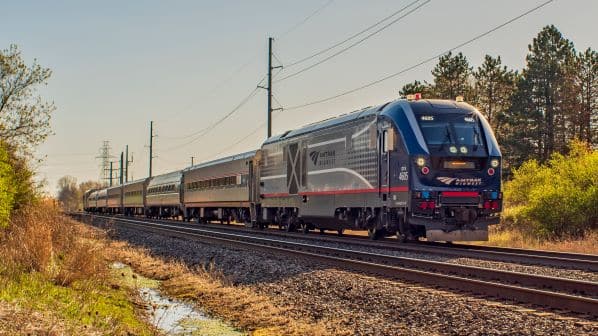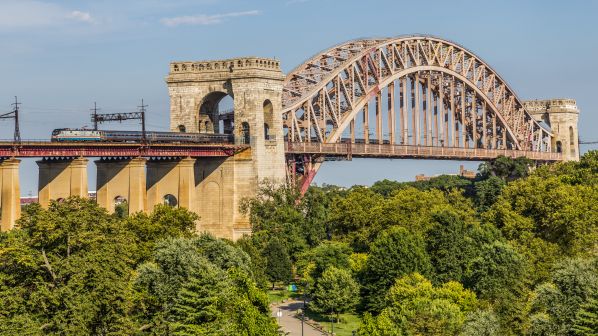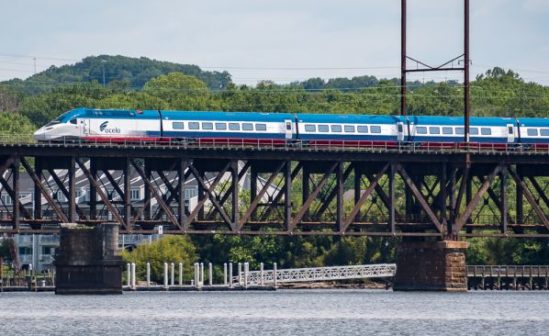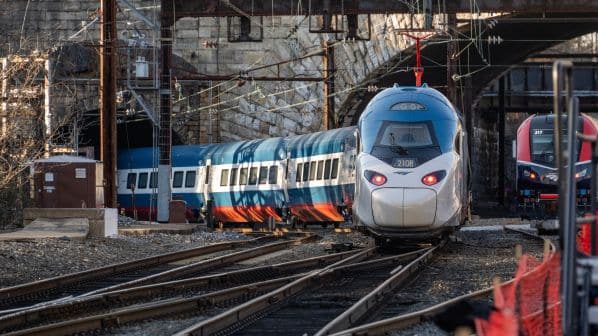TOTAL passenger journeys at Amtrak grew by almost a quarter during fiscal 2023 to reach 28.6 million, with ridership on the Northeast Corridor (NEC) exceeding pre-pandemic levels by 8% during the fourth quarter.
The national passenger operator’s 2023 results also reflect the resumption of full service on all routes that were suspended during the Covid-19 pandemic, with a 12% increase in long-distance ridership.
“We’re inspired by the soaring demand for inter-city passenger rail and are eager to continue connecting more people and places,” say Amtrak CEO, Mr Stephen Gardner.
The company also launched investment projects worth $US 3bn during 2023, as the Biden administration’s 2021 Infrastructure Investment and Jobs Act takes effect, hiring 4800 new employees. The new funding is being spent on fleet modernisation and refurbishing stations and other facilities, as well as upgrading tunnels, bridges and other infrastructure. These upgrades will continue to add to the company’s positive momentum, Amtrak says.
“As we build a new era of passenger rail with more modern trains, expanded routes, more frequent service, upgraded stations, and renewed infrastructure, Amtrak will continue to deliver major improvements for current and future Amtrak customers over the coming decade,” says Amtrak chairman, Mr Tony Coscia.
While 2023 did not become the first year when Amtrak made a profit since its creation in 1971, the company was able to cut its full-year operating loss to $US 752.2m, an improvement on the loss of $US 882.2m the year before. Operating revenue was up 20% year-on-year at $US 3.4bn, but other figures have not yet been disclosed.
Amtrak said last year that it expected to make a loss of around $US 1bn a year until at least 2027. While the final results have yet to be published, the lower operating loss in 2023 is an indication that this forecast may have been unduly pessimistic.
Both operating revenue and ridership in 2023 were roughly in line with what Amtrak was forecasting in April 2022, although neither is above the level forecast before the onset of the Covid-19 pandemic. “The best is yet to come,” Coscia says.




